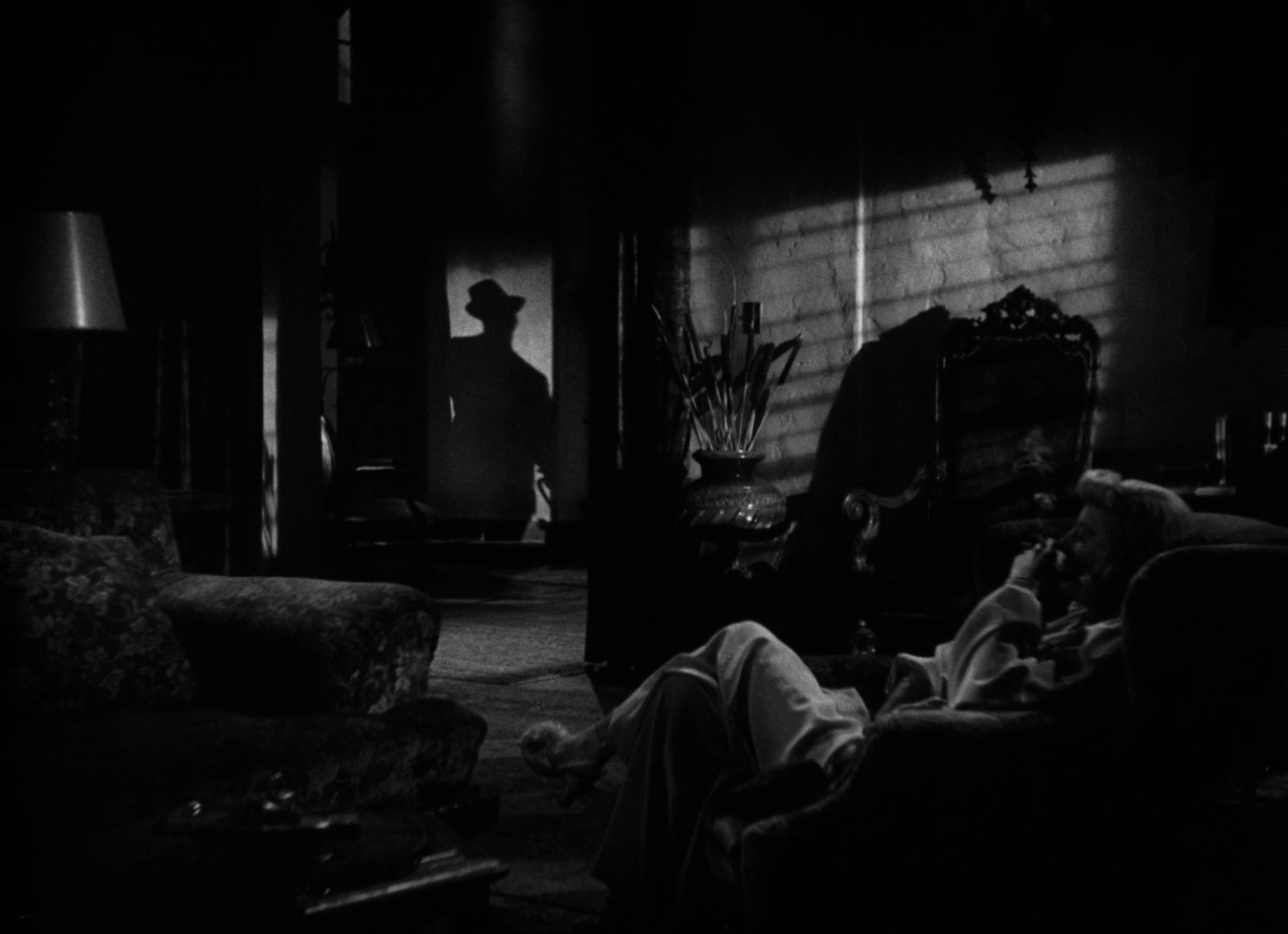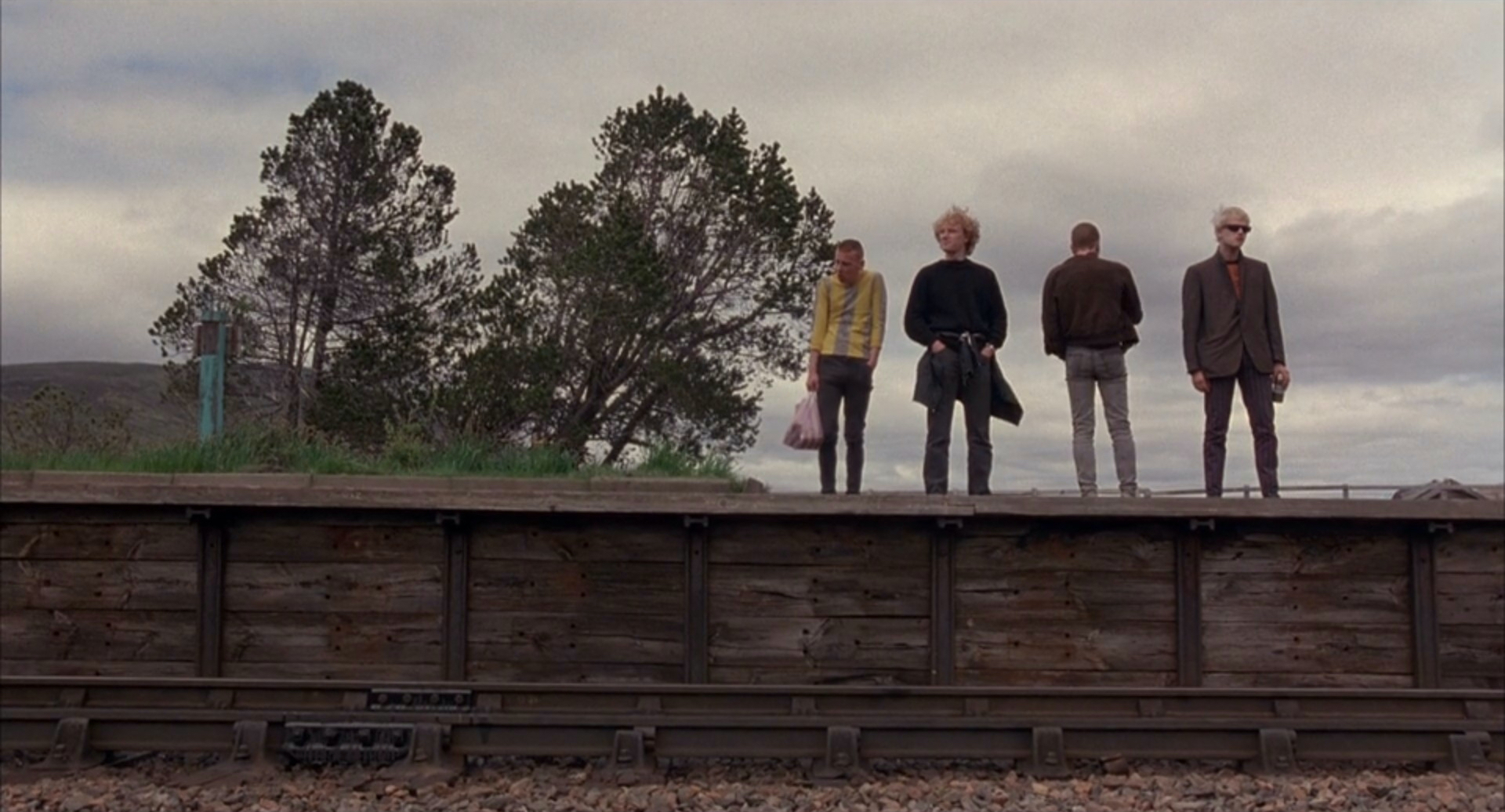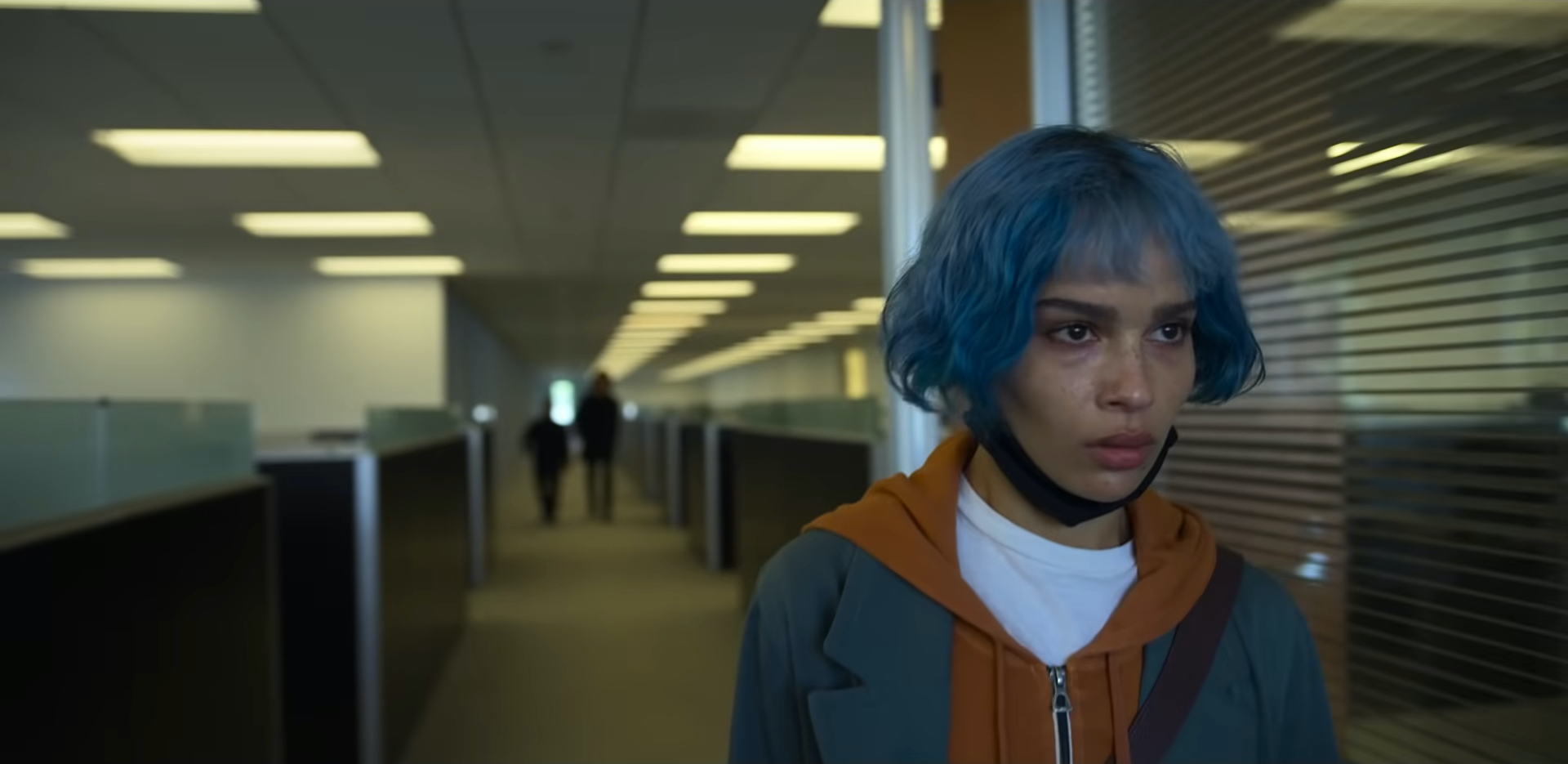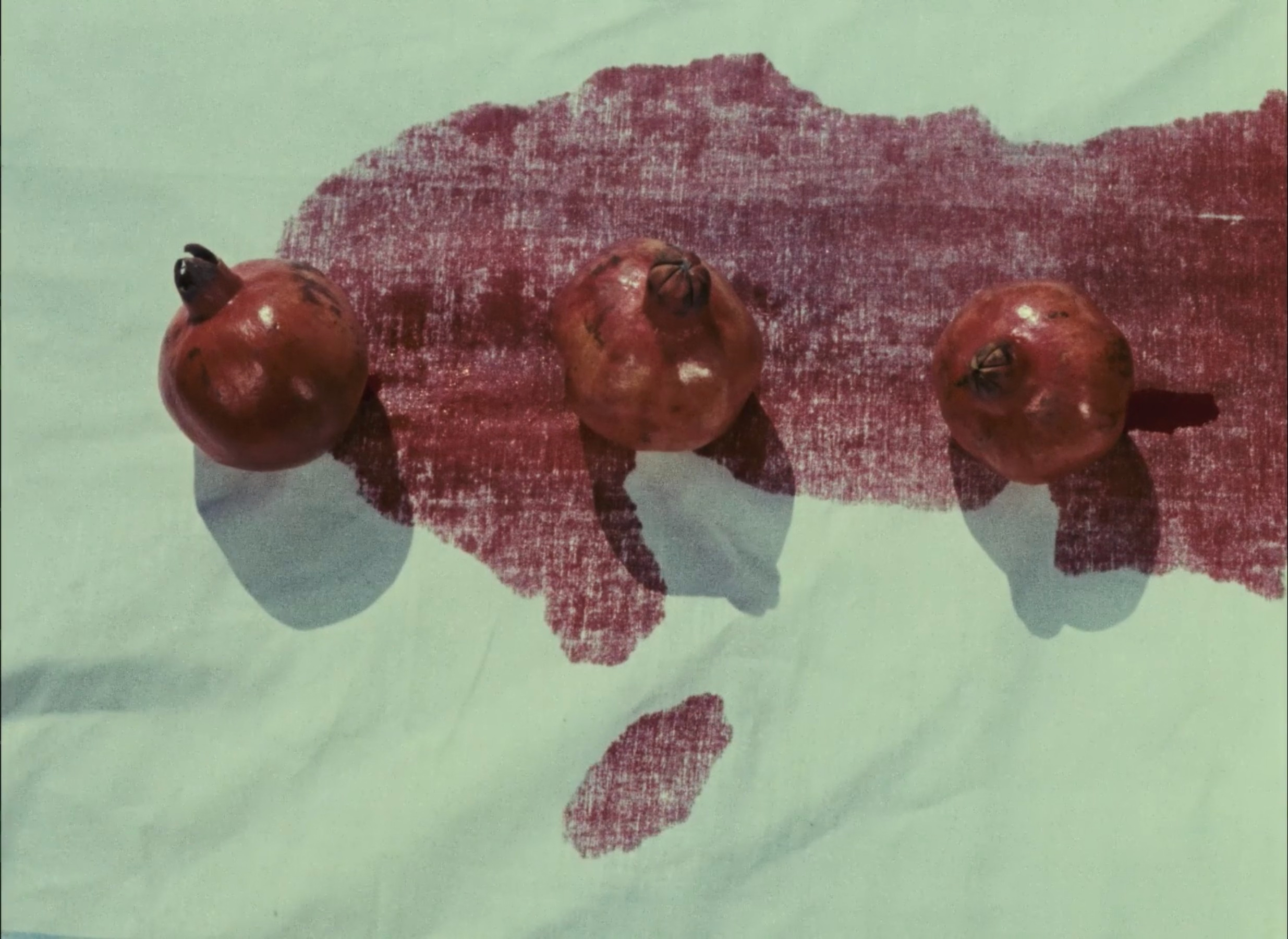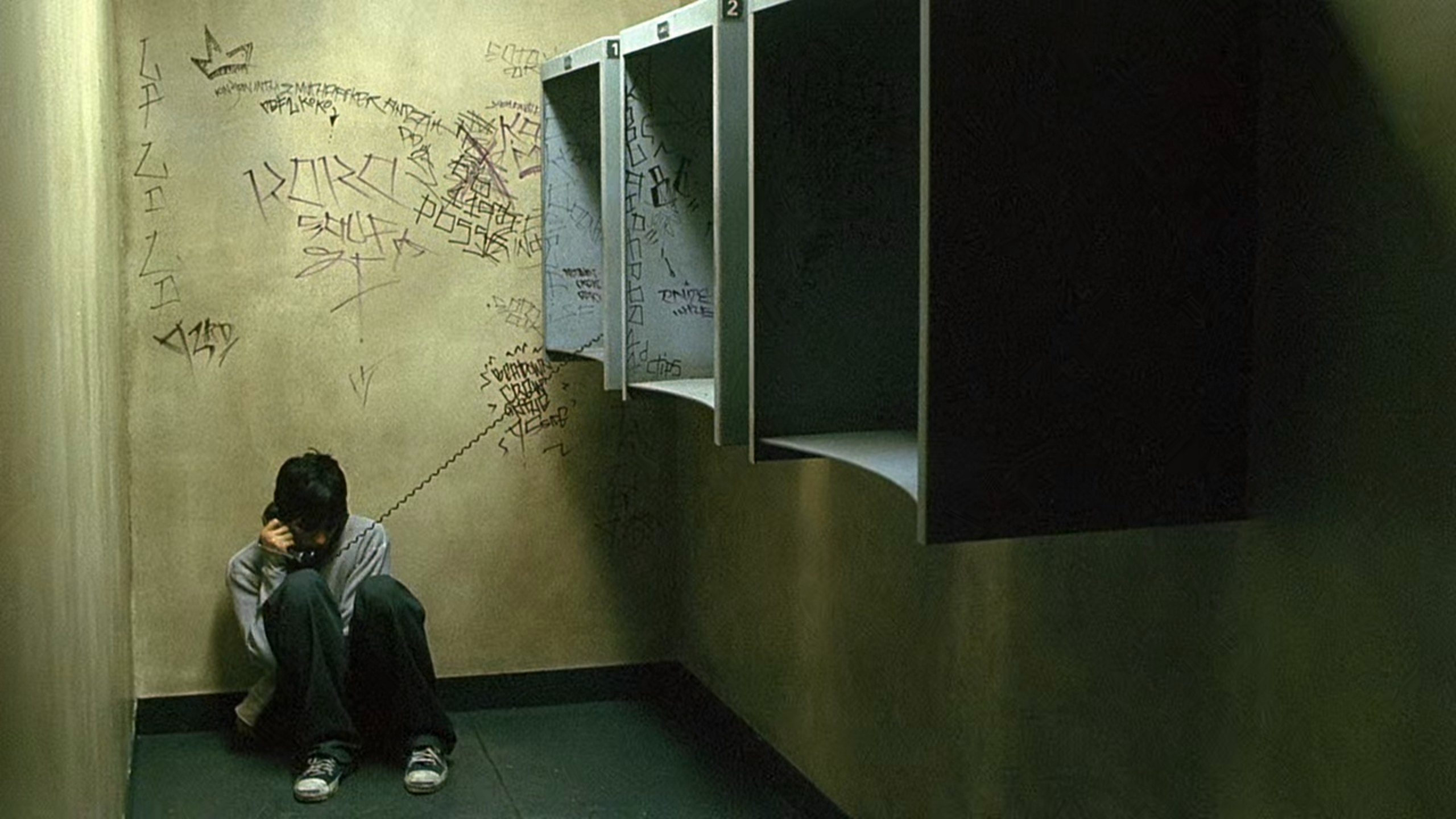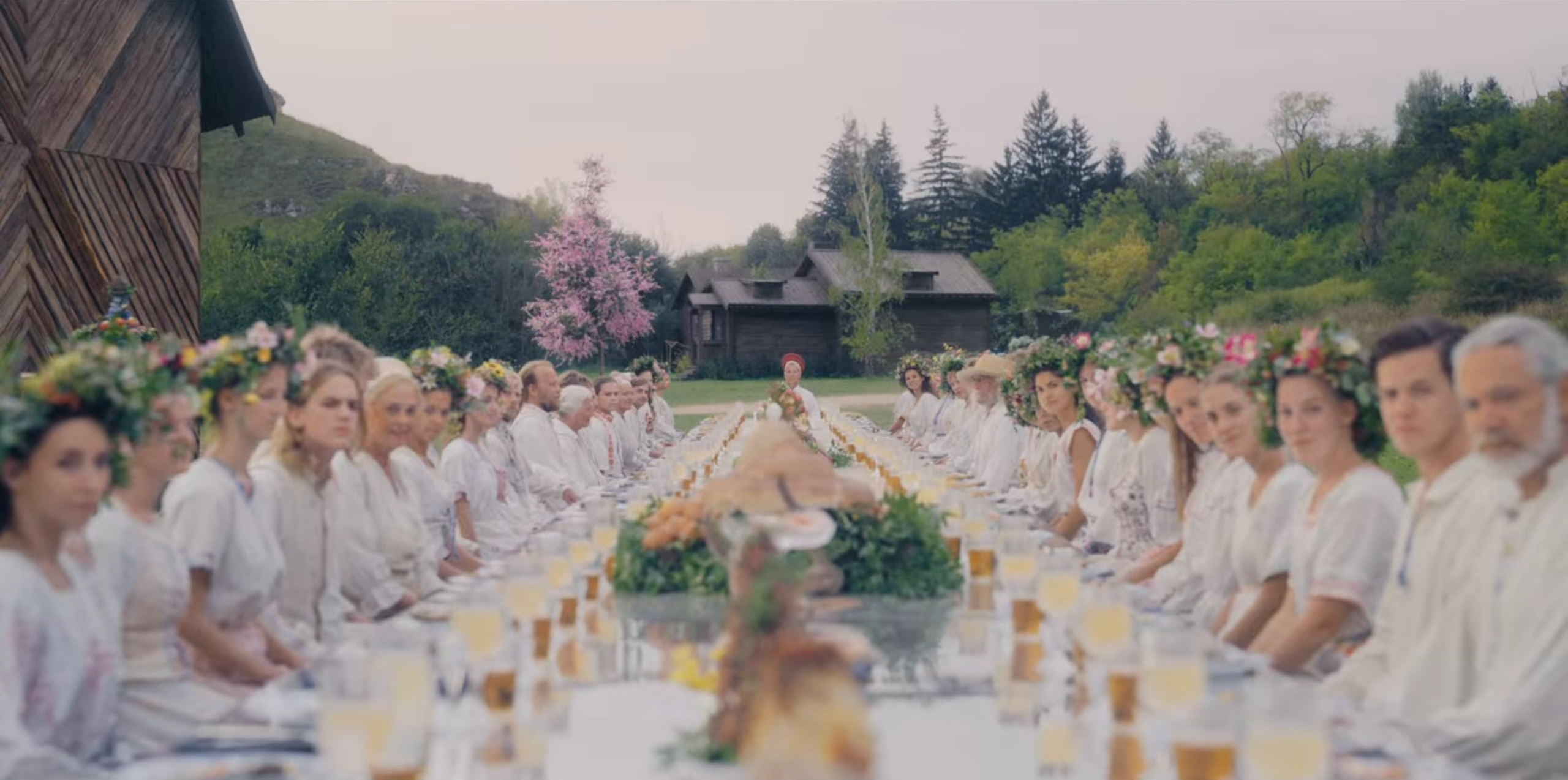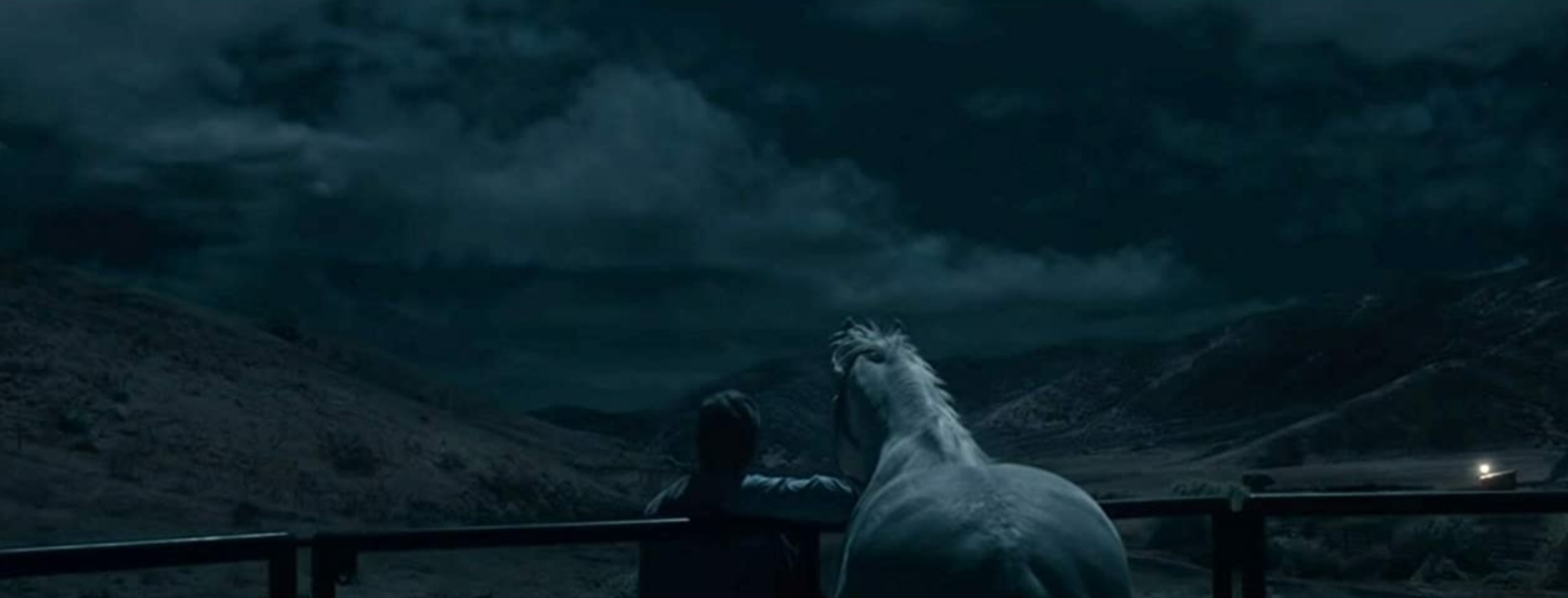Waves (2019)
The rich duality of Trey Edward Shults’ compelling drama, narrative structure, and colour palettes bakes a symmetry deep into the formal construction of Waves, pivoting his rich portrait of one African-American family on a tragic turning point that divides their lives into two distinct periods of before and after, skilfully balancing out an oscillation between joyful heights and devastating lows.



